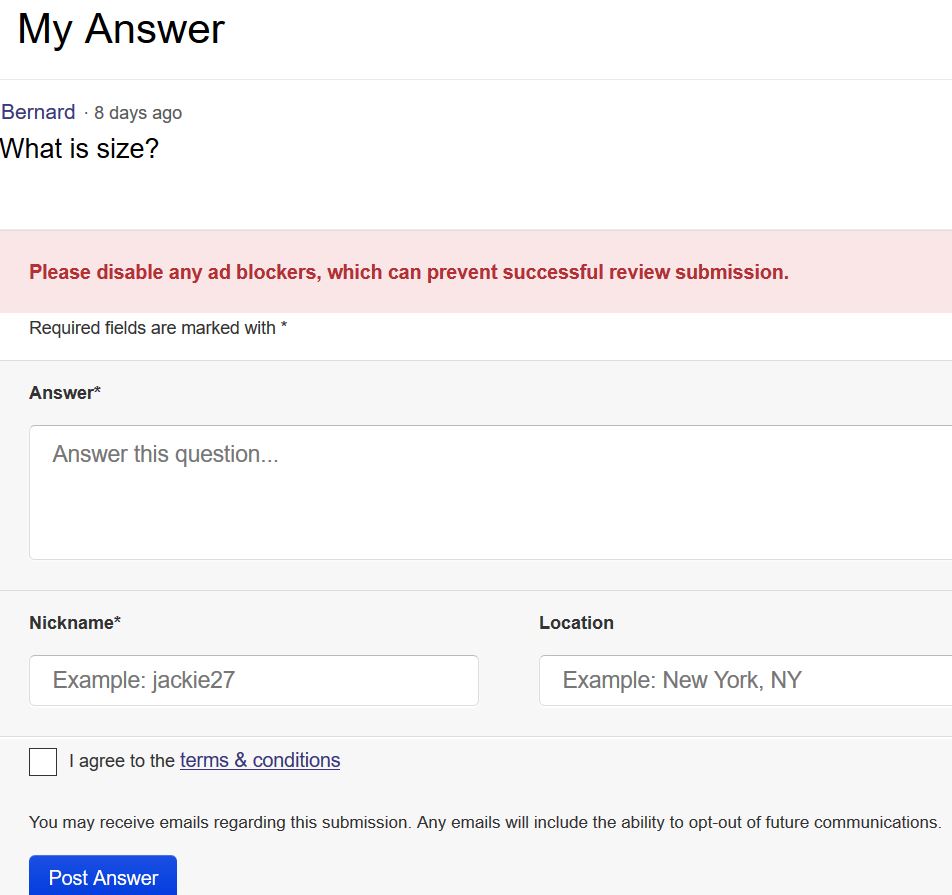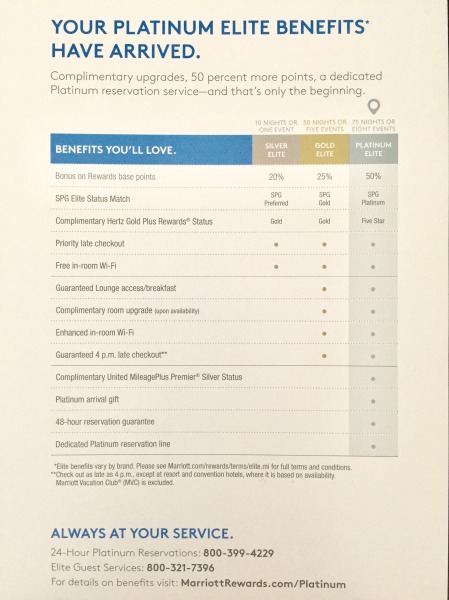Nordstrom’s loyalty program used to be simple and friendly. Every 2,000 points earned, a “Nordstrom Note” in $20 increments would show up in the mail. A few times a year, Nordstrom would let members earn double or triple points on their purchases.
Then, in 2018, Nordstrom introduced The Nordy Club, with a number of changes which are best described by The Points Guy. TPG hails the changes as “spend more get more,” and airline and hotel program-like: positives, for him. The program certainly got more complex which for TPG might be good news.
For me? I don’t want to be in another loyalty program rat race. I put up with United’s and Marriott’s points systems and their myriad rules because I am a frequent traveler. Travel has many frictions, and keeping up with the U’s and M’s status tiers means smoother travel and better odds of flexibility and support when things go wrong. That said, I have a certain feeling of dread when I consider U and M. The programs are clearly designed to optimize U’s and M’s revenue, to benefit the company. They’re not designed for me.
That’s why when I received from The Nordy Club an announcement on changes to its program, I had a sinking feeling. Here are the top benefits they listed as changing:

These must be thought to inspire a sense of excitement upon receipt. Instead, my eyes glazed over:
- I don’t know how I became an “Influencer” member, nor what that means. I imagine there’s probably a spending tier involved. (Having not shopped at Nordstrom for more than a year, I would be surprised if “Influencer” was higher than the bottom tier.)
- I’m not sure what a “Spend & Get” is. I have a vague notion, but no real clue.
- Three personal double point days vs. two personal triple point days clearly is not a benefit designed for the shopper. The logic is so obvious it’s a little embarrassing for the designers of these program changes. Clearly they want me to come in three times instead of two times, and they want to give me two points per dollar spent rather than three points. Sorry — that doesn’t sound like a good deal!
- $10 notes instead of $20 notes is also painfully obvious. I suppose if people get $10, then it’s an easy way to lure people into a Nordstrom store where most undoubtedly they’ll spend more than the effective $10 coupon.
Sorry, but these benefits don’t benefit me; they benefit you, Nordy’s.
A winning retailer’s value proposition is to provide attractive goods at an opportune time and at a price that the shopper is willing to pay. These days, American shoppers of fashion and accessories have so much choice. There are attractive goods seemingly everywhere. And so it seems retailers are focusing on increasing ‘usage’ as they say: getting people who are already shopping at their stores to come in one more time then they otherwise would. That’s not a value proposition, and it’s anti-competitive. It’s what you do when you don’t feel good about your value prop.
I’m particularly sad about this because Nordstrom has historically done an excellent job of finding good products and presenting them in insightful groupings — not by brand, but by shopper themes such as Point of View and Via C. The company had a real commitment to its merchant organization, which worked to match product selection with local demand at each of its mainline stores. Its decision to manage its floor its own way rather than putting in brand shops meant that if a brand didn’t have a good season, it could pare back. It could also introduce new brands easily, since it managed the floor rather than turning over floors to various brands. (For other cool aspects of the historical Nordstrom way, read my HBS case.)
Walking around a Nordstrom was and is more fun than walking around a Macy’s or Bloomingdale’s, even as it hasn’t changed its floors that much. The reason is that its competition has largely embraced branded floors. Walk into a Bloomie’s women’s fashion floor like this newly built one. The store has seemingly become a mall of typical branded goods, each with dedicated space. Yawn.
So what? you might ask. So sadly, American shoppers don’t get to experience the wonder that great department stores still are. I wonder what would happen if The Hyundai in Korea decided to open a US location in a high density city. Hyundai is super exciting, full of fascinating products and with the dynamic energy that engaged shoppers bring. Just look:

It really is a modern “Ladies’ Paradise,” to take the dated and gendered expression from Zola. And because it has real strengths in its core value proposition, it doesn’t have to double down on a loyalty program with stupid benefits.






